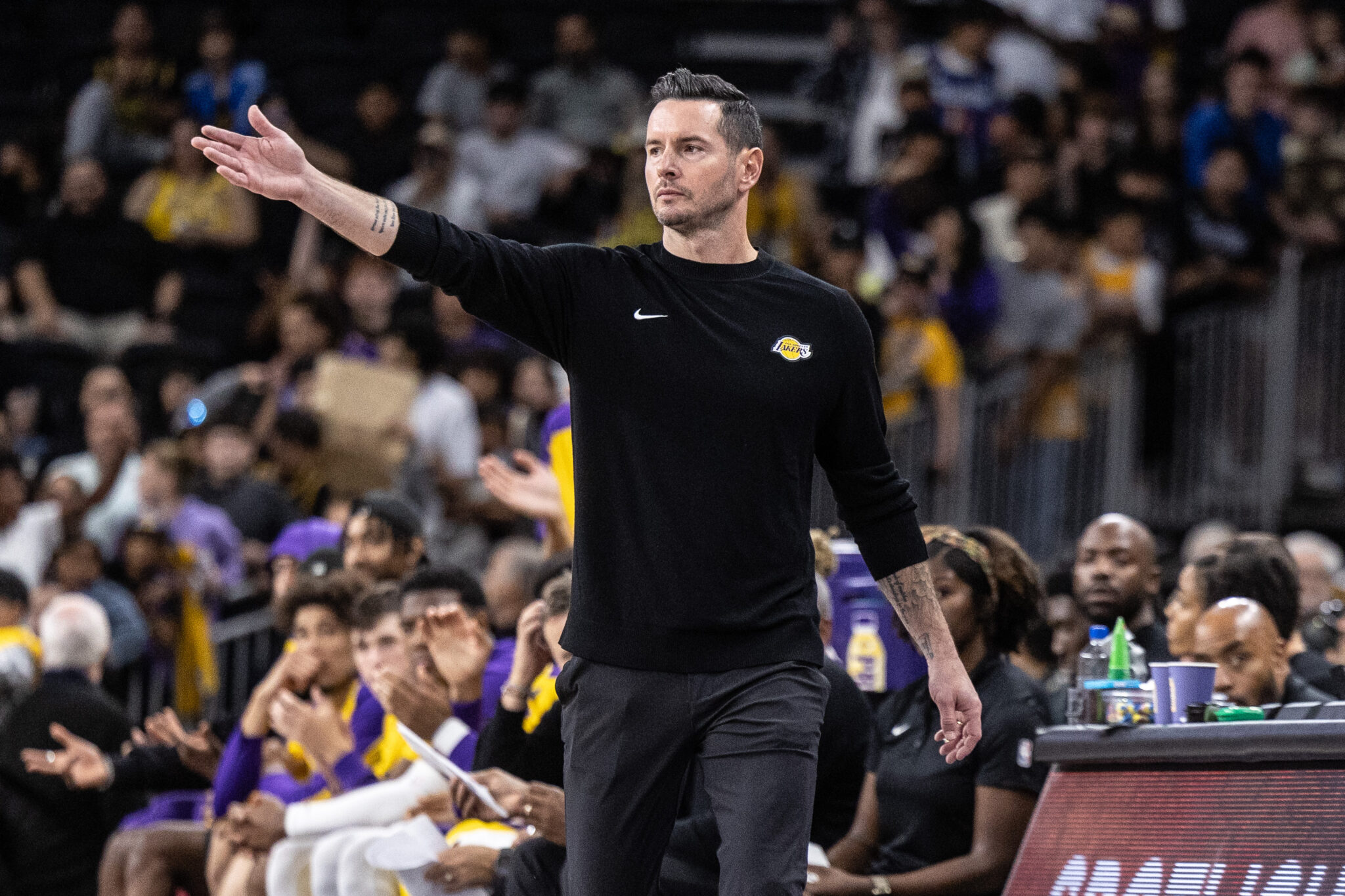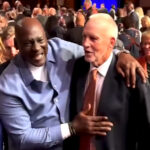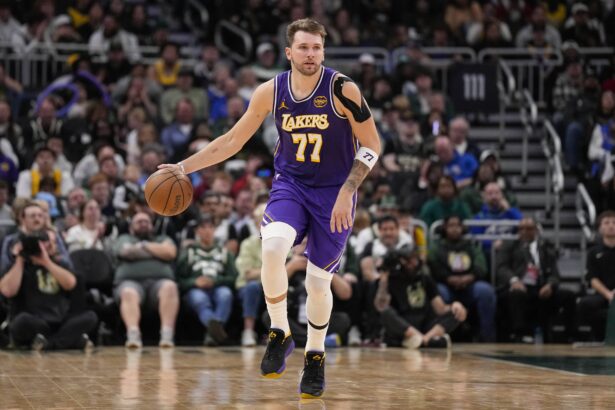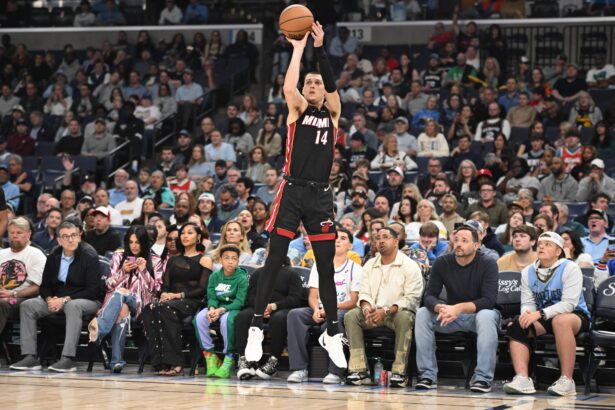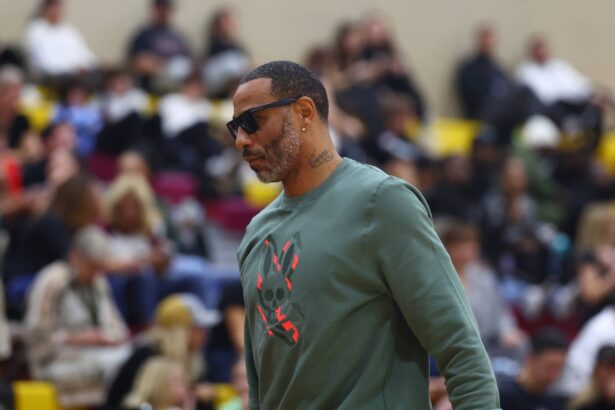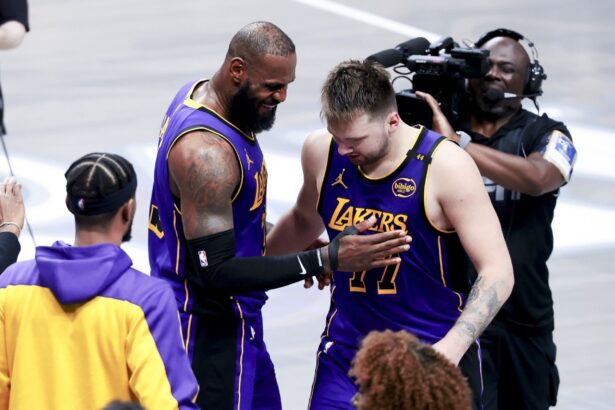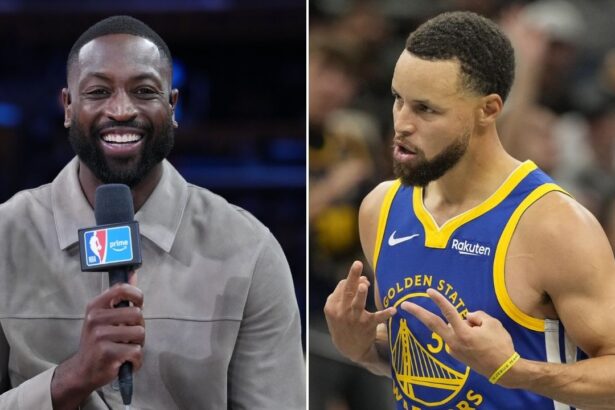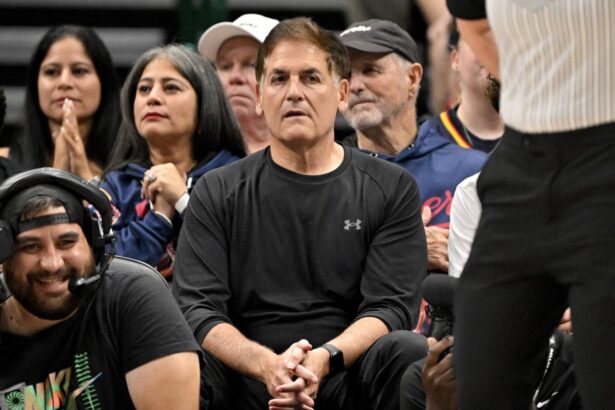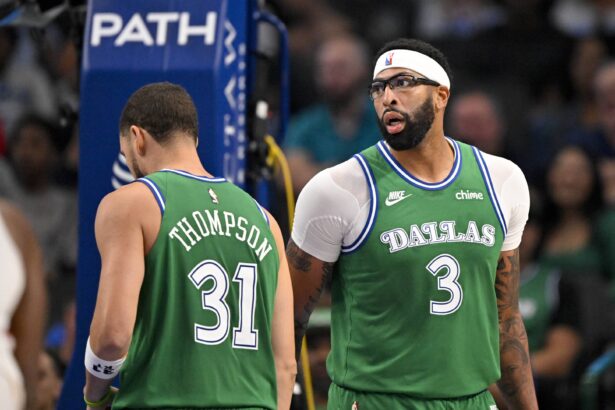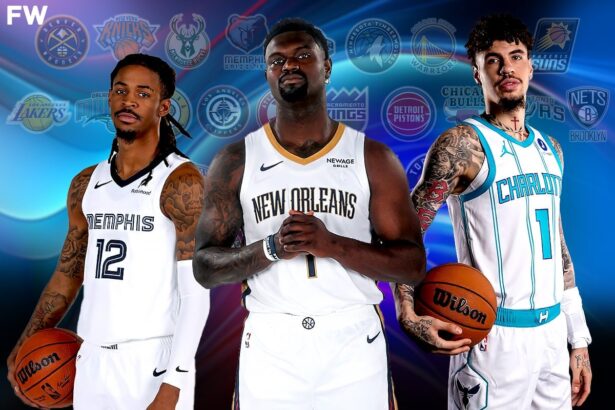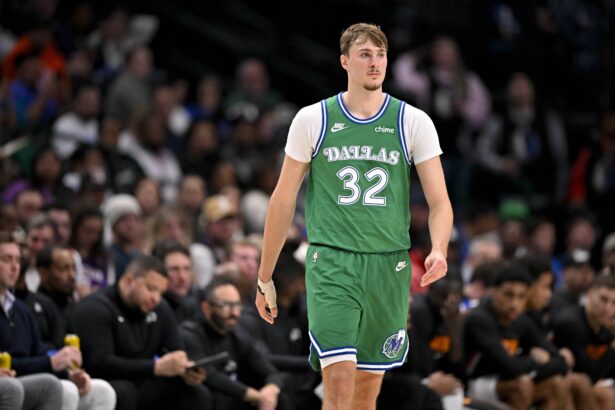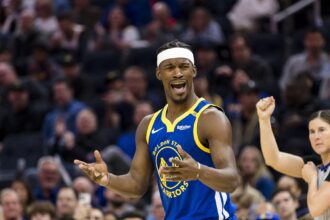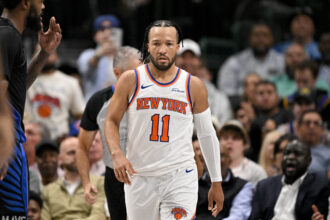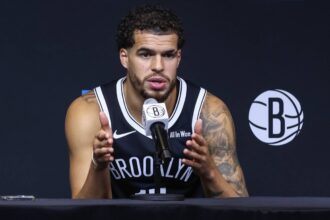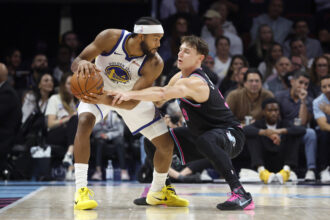After a couple of turbulent seasons with Darvin Ham at the helm, the Lakers are putting their faith in first-time head coach JJ Redick to turn things around. Redick, a former NBA sharpshooter with a deep understanding of modern basketball, brings a fresh perspective to the team. The past few seasons have been a rollercoaster for the Lakers, marked by inconsistency and underwhelming results despite high hopes.
Now, with Redick calling the shots, there’s a sense of optimism in the air. The belief is that his offensive schemes, built around pace, spacing, and 3-point shooting, could unlock a new level of play for stars like LeBron James and Anthony Davis. All eyes are on Redick to see if his vision can restore the Lakers to serious contention this season.
A Bigger Shooting Focus
One of the most noticeable changes under JJ Redick is the Lakers’ shift towards more 3-point shooting, a direct reflection of Redick’s own playing style and the modern NBA’s emphasis on perimeter scoring. So far in the preseason, the team has significantly upped their attempts from deep, averaging almost 40 3-point shots per game (38.7) compared to the 31.4 they attempted last season under Darvin Ham. Redick has even joked about wanting the team to push that number to 50 attempts in certain matchups. This isn’t just about volume; Redick is working to make sure the team gets quality 3-point looks through better ball movement and smart shot selection.
Key players like D’Angelo Russell, LeBron James, and rookie Dalton Knecht have all embraced this strategy. Russell, for instance, has been one of the team’s more active shooters from deep, taking 4.7 3-point attempts per game in the preseason. He’s been quick to get shots off in transition and out of handoff sets, a core part of Redick’s philosophy. The same goes for rookie Knecht, who’s been on a tear with 8.0 3PA so far in 3 games. LeBron, although not traditionally a volume 3-point shooter, is also letting it fly, averaging 3.5 attempts per game in limited minutes (16.1), signaling that even he is buying into this perimeter-focused attack.
However, it’s not just about volume, as Redick is still looking for more efficiency. So far, the team is shooting just 30.2% from beyond the arc, and Redick has acknowledged the need to improve this while maintaining the aggression. Players like Jalen Hood-Schifino and Austin Reaves have been inconsistent from deep, but Redick believes this will stabilize as the season progresses and the team gets more comfortable with the system. The Lakers’ newfound focus on 3-point shooting is a work in progress, but the potential for this to be a game-changer is clear.
Increased Transition Efficiency And Half-Court Adjustments
While the Lakers were already playing at one of the fastest paces in the league last season, ranking 5th in pace under Darvin Ham, there were still issues with how efficiently they converted in transition. The team often found itself rushing, leading to sloppy turnovers and missed opportunities. Under JJ Redick, the focus isn’t just on speed but on maximizing transition efficiency—making sure that every fast break counts, with fewer wasted possessions.
Redick has been working on reducing turnovers and ensuring that when the Lakers push the ball, they’re getting clean, high-quality looks. Players like Austin Reaves and D’Angelo Russell have been central to this transition game, often running the break after defensive rebounds or forced turnovers. But the real difference comes in Redick’s push to clean up the team’s decision-making, ensuring that they don’t force bad shots or rush unnecessarily.
In the half-court sets, Redick’s system relies on more handoffs and better ball movement, which contrasts with the more isolation-heavy play we saw last season. His emphasis on screening and player movement is designed to make the offense more dynamic, especially in late-game situations where the Lakers tended to stall last year. The combination of fine-tuning their transition game and improving their half-court sets could make the Lakers a much more well-rounded offensive unit.
Handoffs And Ball Movement
One thing that’s really popping under Redick’s system is how much more the Lakers are relying on handoffs and just moving off the ball better overall. You can see it right away when guys like LeBron or Austin Reaves are initiating these handoffs at the top of the key or wings, quickly exchanging with a shooter like D’Angelo Russell or even Rui Hachimura. The idea is to get the defense shifting and reacting, opening up cleaner looks, especially from beyond the arc.
Last season, under Darvin Ham, the Lakers sometimes got stuck in one-on-one situations, relying too much on isolation plays. This year, with Redick, the ball is flying around way more. The Lakers are making way more potential assists—basically, those passes that should lead to points if the shot falls—which is a good sign they’re playing unselfishly and creating opportunities as a team.
Now, it’s still a bit of a mixed bag since they’re not hitting those 3s at a great clip just yet (around 30% in the preseason). But the key thing is they’re getting better looks thanks to this ball movement and handoff-heavy approach. Redick’s system is all about keeping things flowing until they find a quality shot, which is exactly what’s happening when you see someone like Russell coming off a screen and getting a wide-open shot. The pieces are there, and once those shots start falling, it could really change the dynamic of their offense.
How The Lakers Can Actually Be Better This Season
Under JJ Redick, the Lakers are clearly shifting to a more modern, fast-paced, and team-oriented style of play. Compared to last season under Darvin Ham, where they relied heavily on isolation plays and a sometimes chaotic pace, Redick is introducing more structure while still keeping the tempo high. The increased focus on 3-point shooting, transition efficiency, and ball movement gives this Lakers team a real shot at being more consistent on offense.
Shooting is the most obvious improvement area. Last year, the Lakers ranked 26th in the league in 3-point attempts and shot just 34.6% from deep. Now, with Redick’s system encouraging 40+ 3-point attempts per game, they’ve already increased that volume in the preseason. The challenge will be hitting those shots at a higher percentage. If they can bump up their efficiency from beyond the arc, they’ll be a much tougher team to defend.
Perhaps the biggest change is the ball movement. Last season, the Lakers often relied on LeBron James to create offense in isolation or through pick-and-rolls. This year, Redick’s offense is all about keeping the ball moving, using handoffs and screens to free up shooters. If they can improve their assist rate, which was middle-of-the-pack last year, it could open up even more scoring opportunities for role players who can also stretch the floor off the dribble, perhaps converting Austin Reaves, D’Angelo Russell and Dalton Knecht in highly reliable offensive weapons.
But here’s where they can really be better: in those critical half-court moments where the game slows down. In previous seasons, the Lakers would often struggle to execute in crunch time, relying too much on hero ball. Redick’s system is designed to avoid that, keeping the ball moving and generating better looks through detailed set plays, which should help them in late-game situations.
In conclusion, the key for the Lakers this season will be finding the balance between Redick’s high-octane system and executing efficiently in both transition and half-court sets. The potential is there, but it all comes down to shot-making and reducing turnovers. If they can improve those areas and adjust to the new style, the Lakers could definitely be a better, more cohesive team compared to last season.

